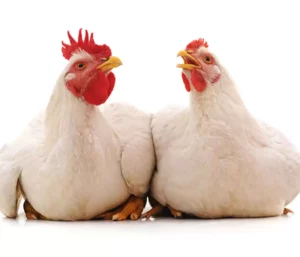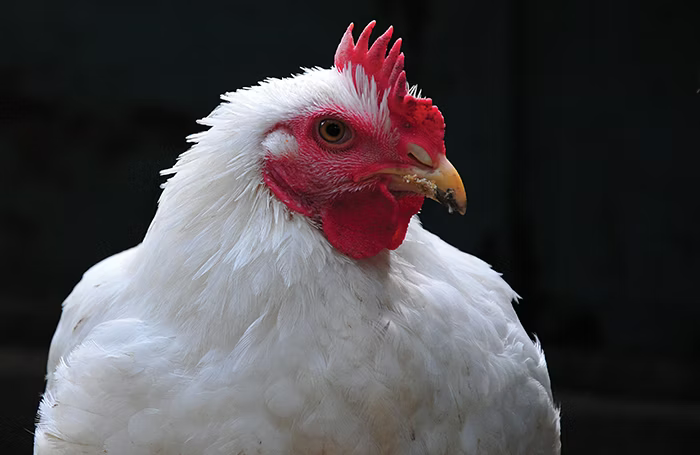The classification and productivity of smallholder broiler farms hold significant importance for various stakeholders, including farmers, policymakers, researchers, and the broader agricultural community. Understanding the classification and productivity of smallholder broiler farms helps farmers make informed decisions about their operations.
By knowing how their farm compares to others in terms of size, efficiency, and productivity, farmers can identify areas for improvement and adopt better management practices. Efficient allocation of resources is crucial for smallholder broiler farms, where resources such as land, labor, and capital are often limited. Classification and productivity analysis can help farmers allocate resources more effectively, optimizing inputs to maximize output and profitability.
Policymakers rely on data and research findings to design effective policies that support smallholder farmers and promote sustainable agriculture. Understanding the classification and productivity of broiler farms can inform policy decisions related to agricultural development, rural livelihoods, and food security.
Scientists from the Department of Animal, Aquaculture and Range Sciences conducted a research study that aims to understand the current performance of the broiler sub-sector in terms of production and finance for developing and implementing effective plans to enhance and improve it. The objective of the research study was to classify the surveyed farmers in the coastal region of Tanzania based on their rearing characteristics. It also aims to evaluate their productivity by establishing an operating account for one broiler per group of identified farmers. Further, the study seeks to identify the factors that may influence the productivity of broiler farms.
Seventy-eight broiler farmers were selected using a non-probability snowball sampling method. Information was collected on farmers, flocks, production costs, and farm incomes. From this data, eight variables were selected and subjected to a principal component analysis (PCA), enabling three groups of farmers to be distinguished. The productivity of each group was assessed based on the economic information collected from the farmers.
Overall, the results showed that the number of birds per flock was less than 1000 on farms ranging in size from 81.2 to 206.3m2. Farmers used more family labor (89.7%) to raise broilers. The grouping of respondents showed that 59% of them (group 1) were beginners of about 47 years of age with an average of 5 years of poultry farming experience, who made more profit from their production than the rest of the older and more experienced farmers (groups 2 and 3).
This study therefore showed that the productivity of broiler farms in the coastal region of Tanzania was low to average, and the reasons for this included the high cost of poultry inputs, the inefficiency of poultry farming management, and the selling price of broilers.
The classification and productivity of smallholder broiler farms play a pivotal role in informing decision-making, driving efficiency and competitiveness, promoting sustainability, and empowering farmers and communities in the agricultural sector. Classification helps identify different market segments and target audiences, while productivity gains enable farmers to meet market demand more efficiently and at competitive prices. Therefore, improved productivity enhances the competitiveness of smallholder broiler farms in local and regional markets.

For more information CLICK HERE
Gomez, R.S.A. and Mbaga, S.H. (2024). Classification and Productivity of Smallholder Broiler Farms in the Pwani Region, Tanzania. Journal of Animal Health and Production. http://dx.doi.org/10.17582/journal.jahp/2024/12.1.31.39
The Department of Animal, Aquaculture, and Range Sciences
The College of Agriculture, Sokoine University of Agriculture
Share this page

